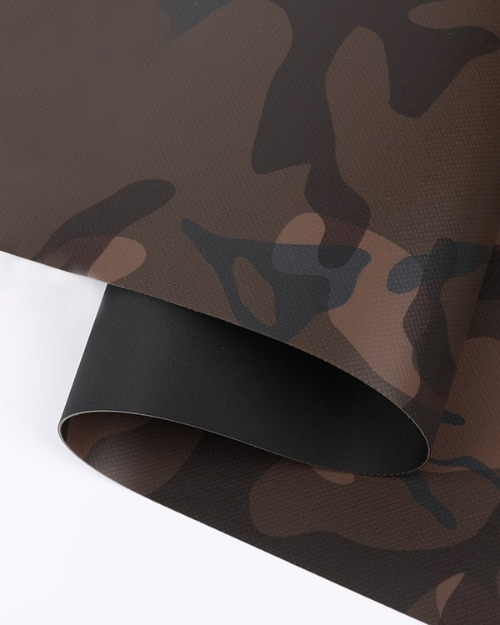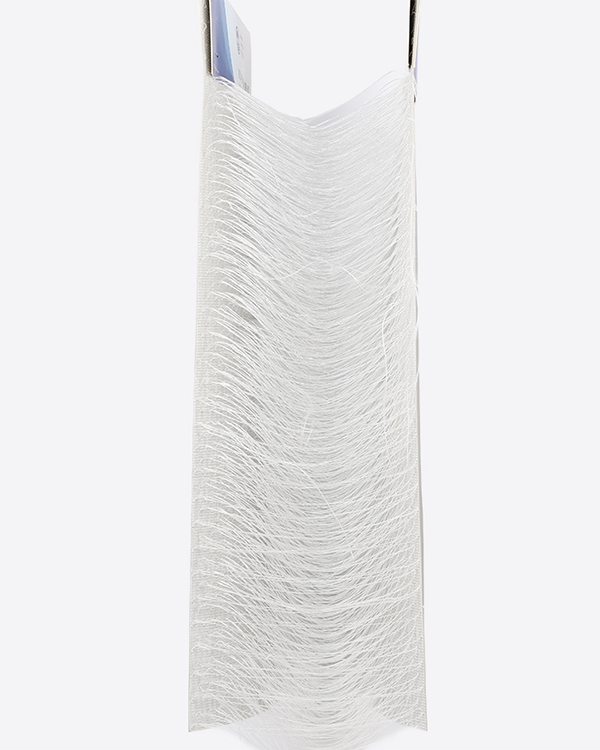Maintaining PVC inflatable boat fabric is crucial to ensure its longevity and performance. Here are some maintenance tips for PVC inflatable boat fabric:
Cleaning: Regularly clean the boat fabric to remove dirt, salt, sand, and other debris. Use a mild detergent or boat-specific cleaner and a soft brush or sponge. Avoid using abrasive cleaners or brushes that can damage the fabric. Rinse thoroughly with clean water and allow it to dry completely before storage.
UV Protection: UV rays can degrade PVC fabric over time. Protect the inflatable boat from prolonged exposure to direct sunlight by using a boat cover or storing it in a shaded area when not in use. If a cover is not available, consider using UV-protective sprays or treatments specifically designed for PVC fabrics.
Storage: Proper storage is essential for PVC inflatable boat fabric. Before storing, ensure the boat is completely dry to prevent mold or mildew growth. Deflate the boat partially, remove any accessories, and fold it carefully according to the manufacturer's instructions. Store the boat in a cool, dry place away from direct sunlight, extreme temperatures, and sharp objects that could puncture the fabric.
Inflation and Pressure: Inflate the boat to the recommended pressure level specified by the manufacturer. Overinflation can strain the fabric and seams, while underinflation can lead to poor performance. Regularly check the pressure using a reliable gauge and adjust as needed.
Inspections: Inspect the PVC fabric and seams regularly for any signs of wear, punctures, or damage. Look for loose threads, tears, or abrasions. Repair any minor damages promptly using PVC repair kits provided by the manufacturer. For significant repairs or extensive damage, seek professional assistance.
Avoid Chemicals and Harsh Substances: Avoid contact with harsh chemicals, solvents, gasoline, or petroleum-based products, as they can damage the PVC fabric. If such substances come into contact with the fabric, clean it immediately using a mild detergent and rinse thoroughly.
Handling and Transport: Handle the inflatable boat with care, especially when moving or transporting it. Avoid dragging or sliding it on rough surfaces that can cause abrasion or punctures. Use proper lifting techniques and avoid placing excessive weight or sharp objects on the boat.
The Role of PVC Inflatable Boat Fabric:
PVC inflatable boat fabric plays a vital role in the overall performance and functionality of inflatable boats. Here are some key roles of PVC inflatable boat fabric:
Buoyancy and Stability: The PVC fabric, when properly inflated, provides buoyancy and stability to the inflatable boat. It enables the boat to float and carry passengers or cargo on the water.
Durability and Strength: PVC fabric is known for its durability and strength. It can withstand impacts, abrasion, and rough handling. The fabric's robust nature allows the boat to navigate various water conditions, including waves, rocks, and shallow areas.
Air Retention: PVC inflatable boat fabric is designed to retain air pressure effectively. It forms an airtight barrier that keeps the boat inflated for extended periods, ensuring optimal performance on the water.
Flexibility and Portability: PVC fabric is lightweight and flexible, making inflatable boats easy to transport and store. When deflated, the boat can be folded into a compact size, making it convenient for transportation or storage in smaller spaces.
Resistance to Water and Weather: PVC fabric has excellent resistance to water, moisture, and weather elements. It helps protect the boat and its occupants from water ingress, UV radiation, and harsh weather conditions, ensuring a safe and comfortable boating experience.
Overall, PVC inflatable boat fabric plays a crucial role in providing the necessary buoyancy, durability, and protection required for inflatable boats, making them versatile and reliable watercraft for various recreational.





 English
English 中文简体
中文简体 русский
русский
















 浙公网安备33048102240301
浙公网安备33048102240301